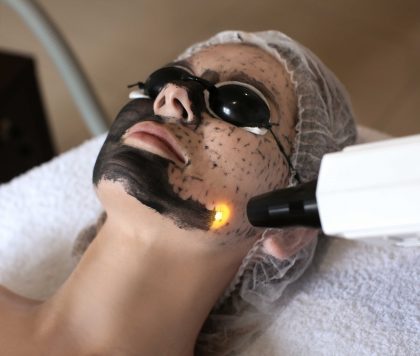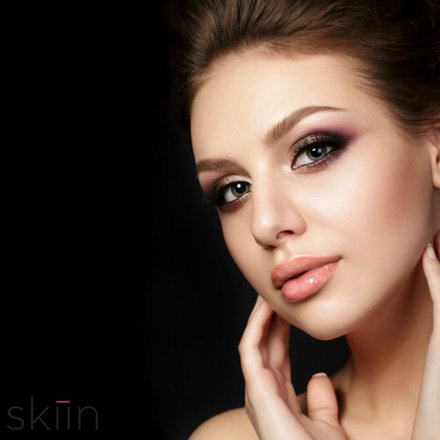COVID - 19 | Message from SKIIN. Read More. | Virtual consulting Available

*
Clinical peels are a popular treatment option for a range of skin types and concerns, capable of providing great benefits for the skin depending on the specific peel that’s used. This blog post details what clinical peels are and takes a look at some of the different types available.
What Are Clinical Peels?
Clinical peels are a type of skin treatment that involves applying certain acids onto the skin in order to cause the skin to peel. These acids can range in intensity, but mild acid peels are often the go-to choice for most skin concerns. Different active ingredients are available to treat different concerns and conditions, including ageing skin, rosacea, stretch marks, hyperpigmentation and acne. Clinical peels can be used on their own or in conjunction with other skin treatments in order to achieve the best results.
What Are the Different Types Available?
Some of the most popular types of clinical peels include:
- Enzyme peels – Enzyme peels consist of a formulation that contains enzymes and anti-oxidants, assisting with exfoliation of the skin.
- Lactic peels – Lactic peels contain lactic acid, ideal for anyone seeking a peel to condition and hydrate the skin.
- Glycolic peels – Glycolic peels use glycolic acid, a type of acid that’s suitable for resurfacing the skin and stimulating the production of collagen.
- Mandelic peels – Mandelic peels contain mandelic acid and other ingredients to help soothe acne and reduce the appearance of pigmentation.
- Salicylic peels – Salicylic peels contain salicylic acid to address oily skin, congestion and open pores.
At Skiin, we offer all of the above clinical peels at our clinic. In an initial consultation, we will assess your skin and discuss your concerns and goals in order to select a peel that will deliver your desired results. Contact us today to learn more about our available clinical peels and arrange a consultation.






